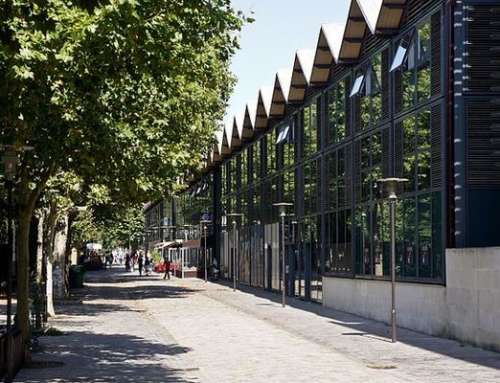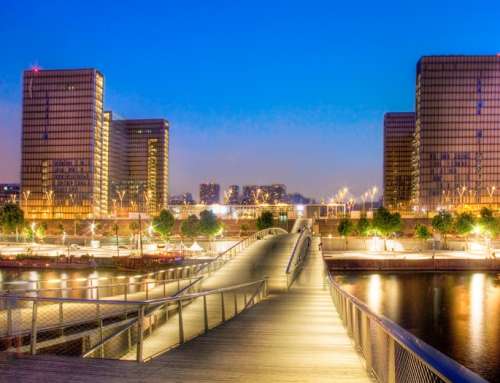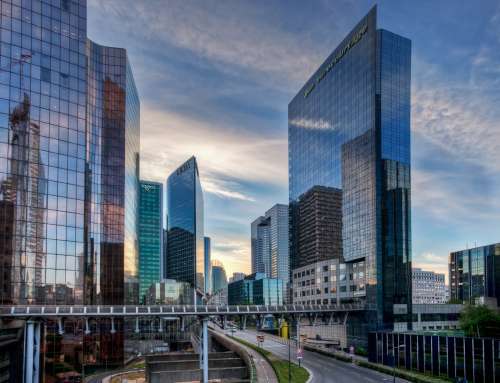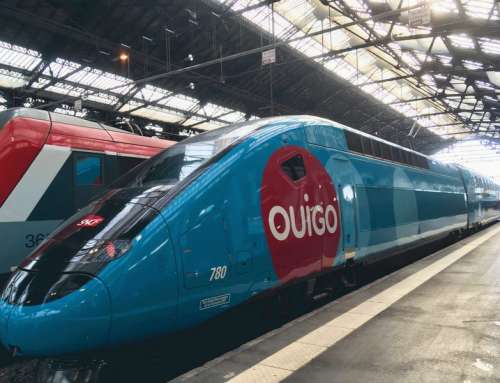Montparnasse
Paris: a city of art, history, and culture. On every street corner lies a new discovery. And every neighborhood tells the capital’s story. Every walk you take on this journey will lead you to a new discovery, a veritable explosion of the senses.
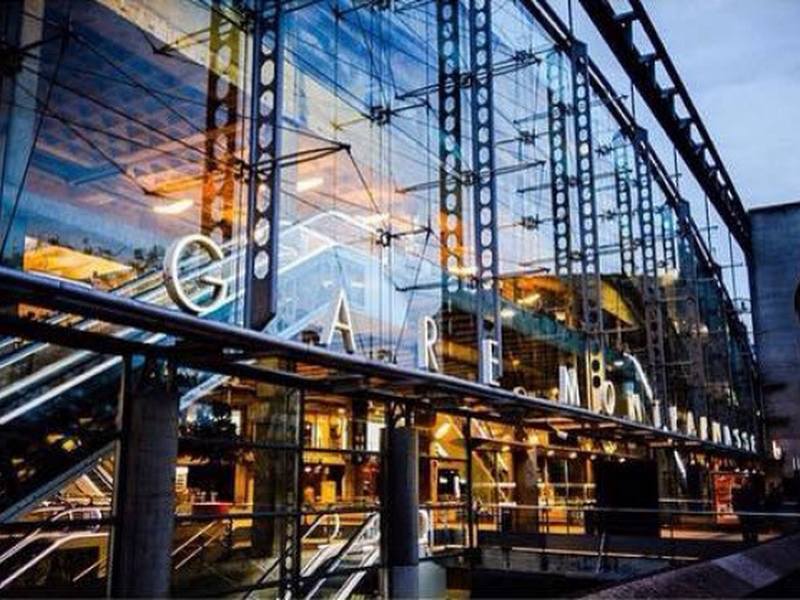
Once you have arrived in Paris, you can visit Montparnasse, located at the heart of the 14th arrondissement. This neighborhood is famous for it’s 59 story tower built between 1969 and 1973. This office building is 210 meters high, and was built where former Gare Montparnasse (Montparnasse Station) stood. The current Gare Montparnasse faces the tower. It houses several shops that will satisfy all of your shopping needs.
The 56th floor of the tower is the only one that is open to the public. There, you can visit a small exhibition that tells the tower’s history. You can also visit the great restaurant: Le Ciel de Paris (The Paris Sky). On top of offering a spectacular gastronomic menu, the establishment also provides you with a panoramic view of Paris, from which you can admire the city’s most beautiful monuments. And if the weather is nice, you can see up to 40km away. If this is the case, you’ll be able to see planes take off from the Orly Airport.
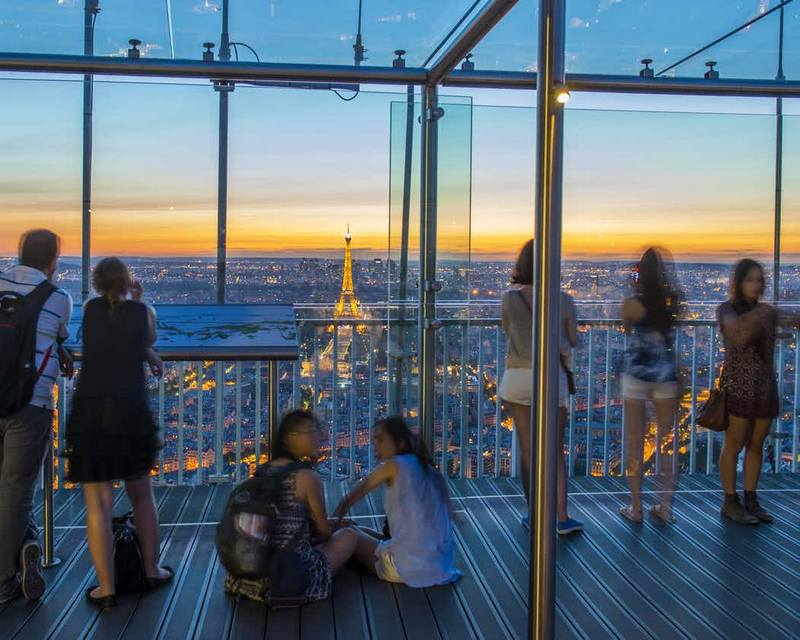
The Montparnasse neighborhood was originally called “Mont Parnasse” (or Mount Parnassus) by the students who recited verse on the grassy knoll and referenced Mount Parnassus, where the Muses lived according to Greek mythology.
During the 18th century, the knoll disappeared, but the name stuck. Starting in the 19th century, the neighborhood became a hub of artistic and intellectual life in Paris.
Many international artists, writers, and intellectuals (Pablo Picasso, Gertrude Stein, James Joyce, Hemingway, Apollinaire, and even Joan Miro…) lived there or set up their studios there. A creative and liberal atmosphere soon took over.
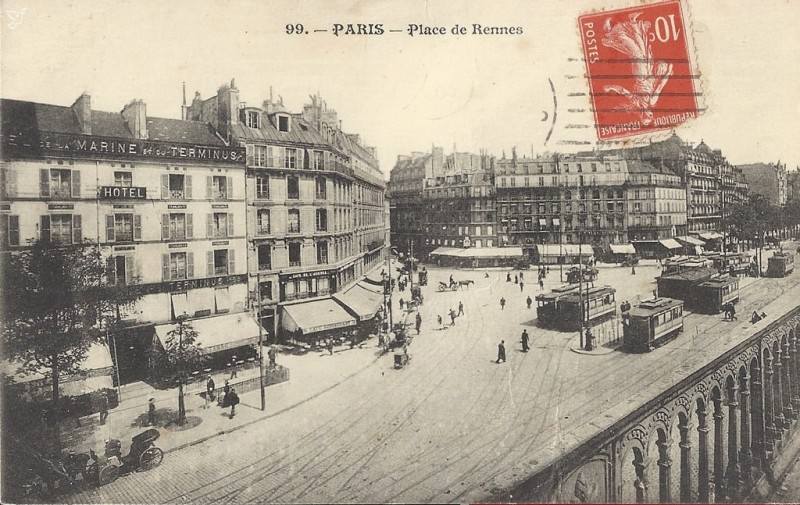
Nowadays, this Montparnasse has been lost a bit, but there are still some traces left over. You will rediscover this neighborhood’s charm through it’s bohemian and almost village-like atmosphere. There, you can find artists’ studios, small, unexpected green islands, and other attractions.
Nice things that Montparnasse has to offer from the second you arrive: Ossip Zadkine’s Sculpture (La Naissance des Formes), which can be found on Allée Georges Besse (boulevard Edgar Quinet); the Passage d’Enfer (Gateway to Hell), to the right of the Rue Campagne-Première, an elegant alley where the photographer Man Ray lived from 1922 to 1940, and a pretty house found at boulevard Raspail where Picasso stayed for a while in 1911.
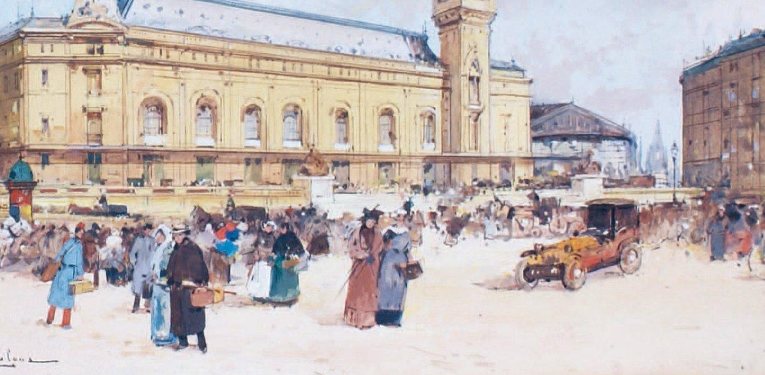
Built in 1855, the Gare de Lyon (Lyon Station) was almost completely burned down in a fire during the Paris Commune in 1871 before it was rebuilt exactly as it was. For the 1900 Exposition Universelle, also known as the 1900 Paris Exposition, the station was completely replanned by an architect from Toulon, Marius Toudoire. The new building, along with its super facade, was inaugurated in 1901.
On the Rue Campagne-Première, you will notice number 31, a building that was magnificently covered by Alexandre Bigot’s ceramics, the same ceramist who decorated the Lavirotte building. And at number 17, you will discover a nice little impasse that is lined with studios.
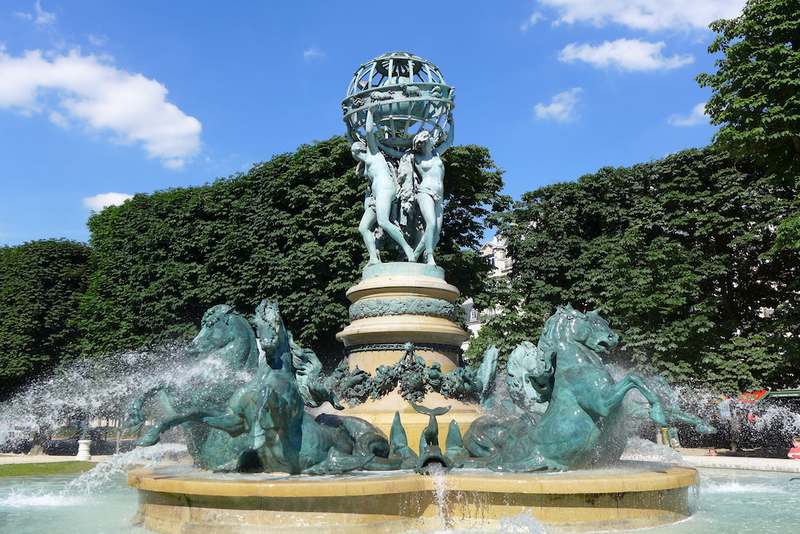
At the Closerie des Lilas, you’ll find one of the mythical breweries in the neighborhood where artists and intellectuals such as Gide, Jarry, or Apollinaire would meet. And on the Avenue de l’Observatoire, you will see the superb “Quatres Parties du Monde” fountain, also known as the Fontaine de l’Observatoire. The beautiful and underrated Jardin des Grands Explorateurs runs along this avenue, and is surrounded by beautiful buildings with stunning architecture.
You can also visit a stunning hidden garden: the Jardin Botanique de la Faculté des Sciences Pharmaceutiques et Biologiques, and the Jardin de Luxembourg. If you go along the Rue Auguste Comte from inside the garden and exit through the Assas entrance that leads to Rue Vavin, you’ll discover the Zadkine Museum, created by the Russian-born French sculptor, Ossip Zadkine (1890-1967). It brings together the artist’s sculptures and work on paper from when he was young up through his Cubism phase. It also houses some of his wife, Valentine Prax’s works.
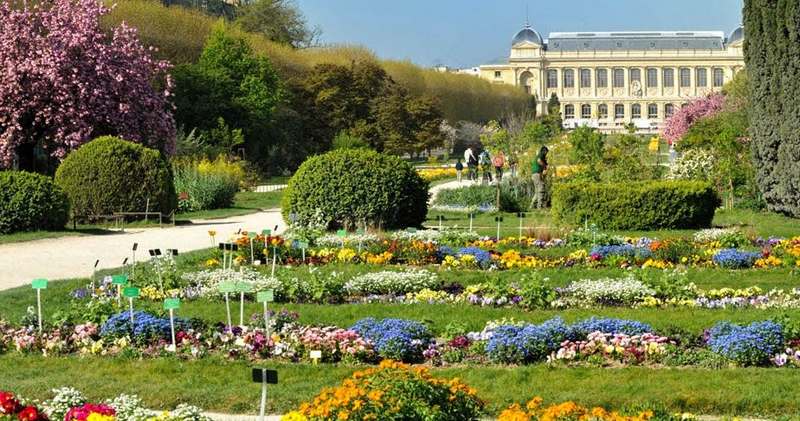
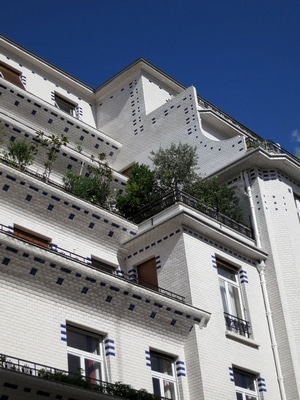
At number 26 Rue Vavin, you will discover a super white ceramic building designed by architect Henri Sauvage — the top floors are terraced.
Symbols of Montparnasse’s golden age can be found from the Rue Notre-Dame-des-Champs to the Rue de la Grande Chaumière, A plaque found at number 8 reminds us that Gauguin and Modigliani both had studios in this building.
The Académie Colarossi stood at number 10, named after Filippo Colarossi, where Rodin taught, among others. And at number 14, you’ll see a painting academy founded by Antoine Bourdelle.
To continue your discovery of the neighborhood, go to the Montparnasse Cemetery where several famous people are buried such as Jean-Paul Sartre and Simone de Beauvoir, Serge Gainsbourg, Samuel Beckett, Antoine Bourdelle, Ossip Zadkine, Constantin Brancusi, among others.
Visit Rue la Gaité, Rue Raymond Losserand, Rue des Thermopyles, and Avenue du Maine, all streets that are worth a visit. Continue onto the Notre-Dame-du-Travail church.
The Montparnasse neighborhood also houses other attractions, such as the Cité des Arts and the Musée de La Poste.

